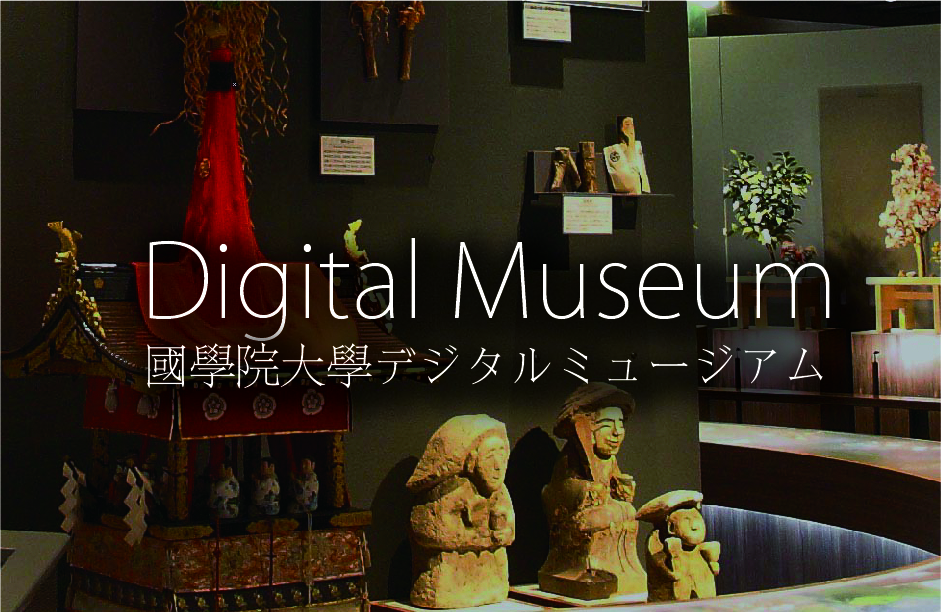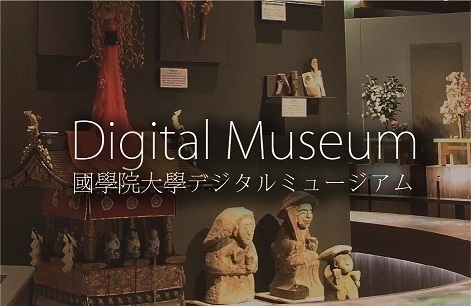- トップ
- Encyclopedia of Shinto
- Ōnusa
Encyclopedia of Shinto
| Main Menu: | |
| Links: |
詳細表示 (Complete Article)
| カテゴリー1: | 4. Jinja (Shrines) |
|---|---|
| カテゴリー2: | Ritual Implements and Vestments |
| Title | Ōnusa |
| Text | An honorific for the more common nusa, a ritual purification wand. Wands presented when invoking the kami or when exorcising sins or imperfections (tsumi) were called nusa, and made primarily from the inner bast of paper mulberry (yū), fibers of flax (asa), and, later, from woven fabrics and paper. In his Kojikiden, Motoori Norinaga defined ōnusa as divine offerings of silk, yū, or flax. One ancient usage can be seen in Kojiki's record of Emperor Chūai, in which an ōnusa was used in the Great Purification Ritual (ōharae). Ōnusa used in purification rituals may be made of linen or paper streamers (shide) attached to a branch of the sakaki tree, or the streamers may be attached to a hexagonal or octagonal staff of unfinished wood (the latter type is also called haraegushi). In ancient times, a person undergoing purification held the ōnusa in hand in order to transfer sins (tsumi) and pollutions (kegare) to it, or the ōnusa was waved (left, right, left) over the object to be purified. In later times, however, it became standard to wave the ōnusa over the person or object. See also heihaku. — Motosawa Masashi |






